Seven important trends of the Ukrainian economy
Ukraine managed to avoid economic collapse and maintain relative stability, not least thanks to generous financial support from the West. Unfortunately, the current stabilization gives the authorities a false sense that the worst is over. However, it is too early to rejoice. Experts of the Ukrainian Institute for the Future identified key economic trends that have and will have a significant impact on our further development. Ignoring them poses potential risks to the economy comparable to, if not greater than, those of war. Accordingly, the government should consider the following trends in its policy and make every effort to prevent negative developments. Literally, run hard to stand still.
Inflation fading
Indeed, inflation, which reached 26.6% in 2022, is gradually declining, and this corresponds to the global trend (see Fig. 1). In the April inflation report, the NBU revised its forecast for the end of 2023 to 14.8% from 18.7% in January. We also expect the consumer price index (CPI) to decline to 13-13.5% (December 2023 to December 2022).
In this context, excessively strict monetary policy of the National Bank of Ukraine looks inappropriate and acts as a factor limiting business activity in the country and, accordingly, economic growth. Considering the large-scale problems of the real sector and the frequent non-monetary nature of the increase in commodity prices (caused not by “overheating” of the market, but by losses of production capacity), stimulating economic activity should have long been a key priority of the NBU. Moreover, there, like nowhere else, they understand that preferential lending and state guarantees are not capable of an economic impact that corresponds to the situation.
Growing trade imbalance and devaluation risks
A high foreign trade deficit forms the prerequisites for devaluation of the hryvnia (see Fig. 2). So far, the balance of payments has managed to be balanced at the expense of the West's external financing, so the exchange rate remains stable. As soon as the situation with aid changes, the probability of hryvnia weakening will increase sharply. Unfortunately, the experience of 2014-2015 shows that the amount of currency reserves sufficient for the period of stability melts in the crisis literally easy to notice. So, despite all the existing record savings, it is already necessary to work on a strategy to safely pass the period of reduction in the amount of Western financial aid.
Demographic crisis
As of June 2023, the permanent population of Ukraine, according to our estimates, is 28.5 million people (see Fig. 3). Of them, only about 12 million are economically active citizens, the rest are pensioners, children, people who for various reasons cannot and/or do not want to work. About 9–9.3 million people are employed in Ukraine today.
The population of Ukraine is aging, the birth rate is falling. If the dynamics are maintained, in a few years there will be twice as many pensioners in Ukraine as there are working people. There are estimates that the fertility rate has already fallen below 1. When a country’s fertility rate falls and remains below the reproduction threshold of 2.1, its population is shrinking.
If nothing is done, in the horizon of one to three years, the economy will face a shortage of labor resources, an increase in wages and, accordingly, business expenses, fiscal gaps in the Pension Fund, and an increase in the tax burden on employees.
If we are talking about a perspective of 5-10 years, then the question arises of maintaining positive growth rates of the economy and survival of the nation as such.
Business migration readiness
According to the focus groups conducted by the Ukrainian Institute for Future, part of the business is set on emigrating to European and other countries of the world (see Fig. 4).
Neighboring countries offer a more comfortable jurisdiction, better fiscal conditions, access to capital and, most importantly, security and predictable business conditions.
This is a “red flag” for the Ukrainian government, which signals: if the approaches and vector of economic policy are not changed in the shortest possible time, a significant part of business will be relocated from Ukraine.
Increasing the share of the state, shrinking the private sector
The share of state expenditures in GDP (as a component of GDP) in 2022 increased to 38%, which became a record figure. In 2023, we expect some reduction in the share due to the recovery of private consumption, but the share of the state, as before, remains record high.
Consolidated budget expenditures in 2022 amounted to 66.4% of GDP, and in 2023 they are estimated at 68.7% of GDP (see Fig. 5).
The budget deficit in 2022 was 15.9% of GDP (26% excluding grants), and we expect it to be 16.7% in 2023.
As long as we receive funding (grants, loans) from the coalition of Western countries, the budget deficit is not such a critical problem. When the war ends or foreign aid stops for some other reason, for example, in connection with its own problems in the economies of the donor countries, the question of strengthening fiscal policy will inevitably arise in Ukraine.
Fiscalization
This trend is a logical continuation of the previous one and leads to an increase in the shadow economy (see Fig. 6).
Moving forward along the Laffer curve stifles the economy and suppresses incentives for effective work and investment, and in the current conditions, when Ukrainian business practically does not have access to capital and profit is almost the only source of financing investment programs, it completely deprives the economy of investments.
A downward spiral unfolds, when the so-called white GDP shrinks, and accordingly tax revenues to the budget do the same. This forces the authorities to resort to another increase in taxes to cover the budget deficit, which in turn leads to even greater shadowing, compression of the economy and budget revenues.
One of the conditions of the Memorandum with the IMF is the development and implementation of the National Revenue Strategy with the aim of increasing budget revenues and reducing Ukraine’s dependence on external financing. According to the Minister of Finance, such a strategy will include the cancellation of tax benefits for business and the expansion of the tax base.
The adoption of the National Income Strategy from 2024 actually means:
- formation of the “Ukraine” gray zone with a population of 25 million people;
- lack of external private investments in Ukraine;
- implementation of the debt growth model.
- A new stage of asset redistribution and enrichment
The law on de-oligarchization and the war have led to the loss of the oligarchs’ former influence, in fact, the de-oligarchization of the Ukrainian economy took place.
However, today there is another attempt to redistribute assets and enrichment (see Fig. 7). On the one hand, there is a great temptation to “take away the loot” – through sanctions, criminal cases and seizure of assets; in the future, the so-called new faces get to manage them, increasing their own economic and political weight. On the other hand, excessive concentration of power in the hands of one group of persons is a significant risk of creating exceptional, usually corrupt, opportunities for increasing the capital of a certain circle of persons close to power.
Therefore, we have two very serious and very threatening processes for the economy:
- Formation of new oligarchs and in the future, probably, a new oligarchic consensus (due to the consolidation of the assets of the old oligarchs “in new hands”).
- Enrichment of corrupt officials and formation of a new corruption consensus (due to the formation of a layer of people who, without owning assets, control money flows in Ukraine and beyond).
***
So, despite the apparent macroeconomic calmness, the Ukrainian economy has a number of problems of a fundamental systemic nature. Their solution cannot be postponed until after the victory because they have a large-scale cumulative effect and are quite capable of leading to a crisis, even if the hot phase of the war is passed and the existing war risks disappear. Without exaggeration, if we do not solve these problems in the near future, there is a very high probability that we will win the war but lose the peace and reconstruction.
Read this article in russian and Ukrainian.
Please select it with the mouse and press Ctrl+Enter or Submit a bug










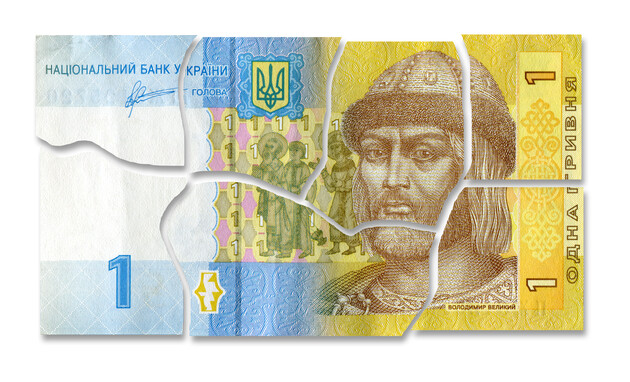


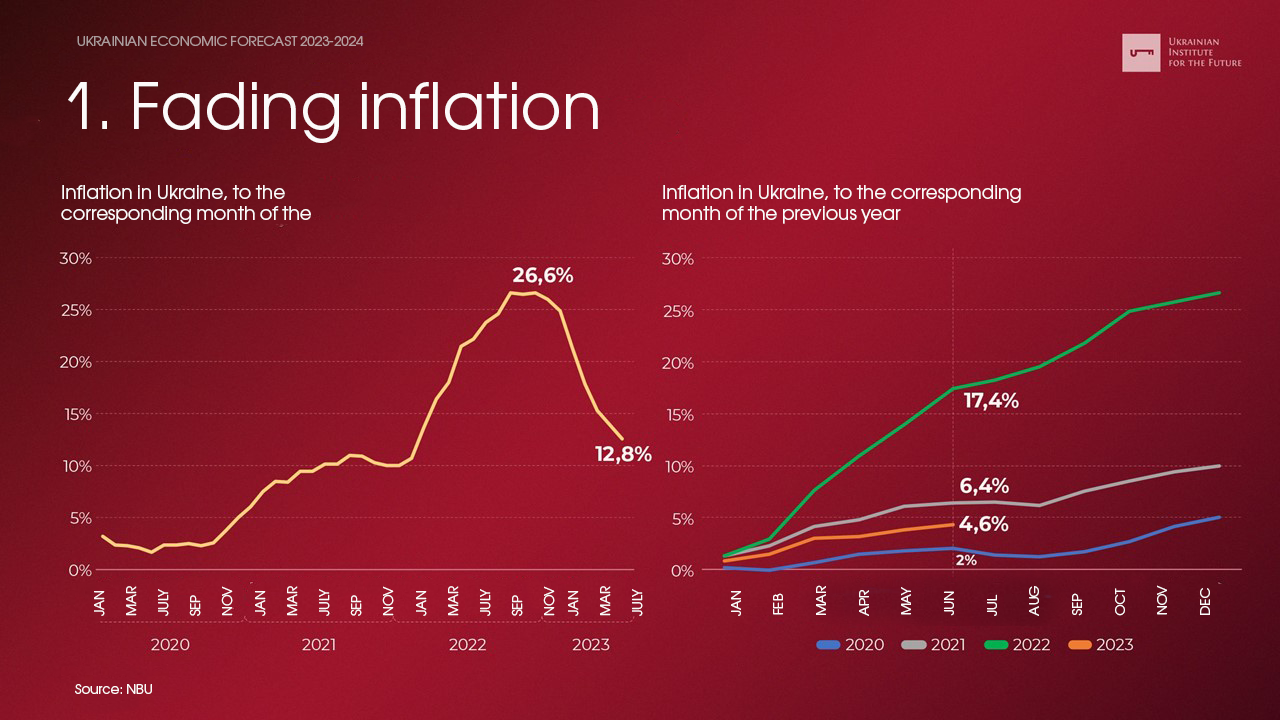
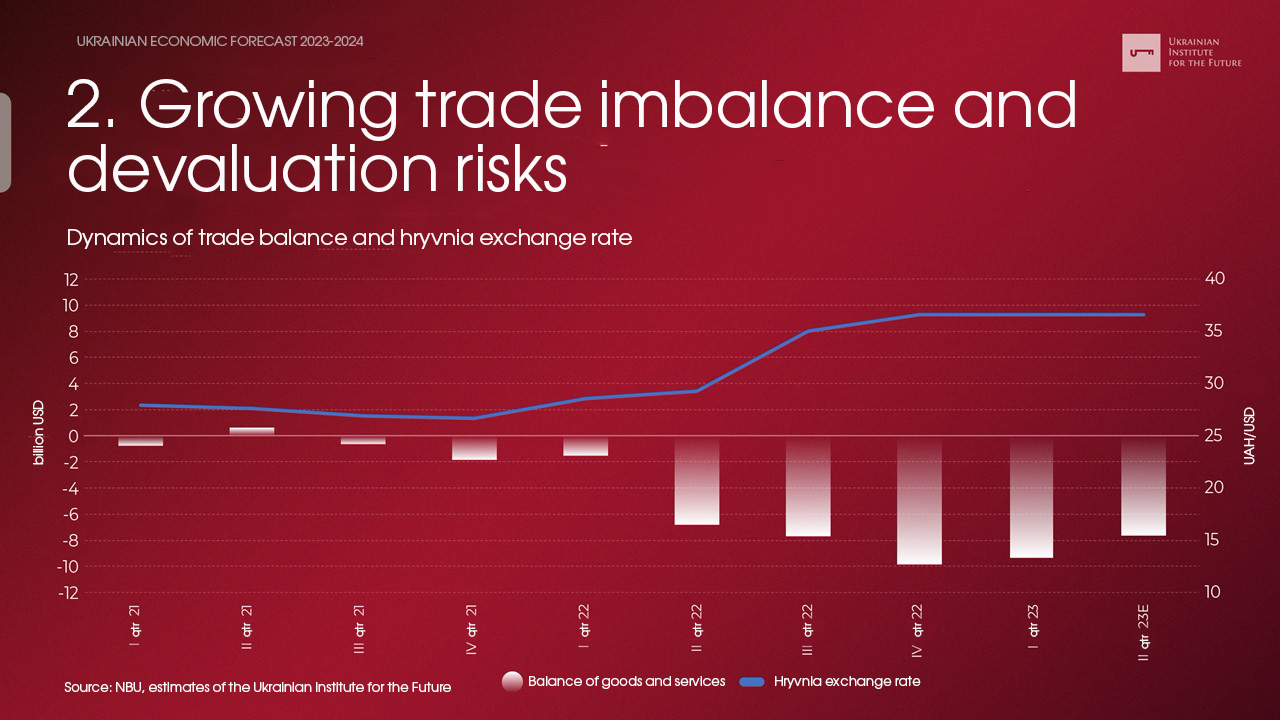

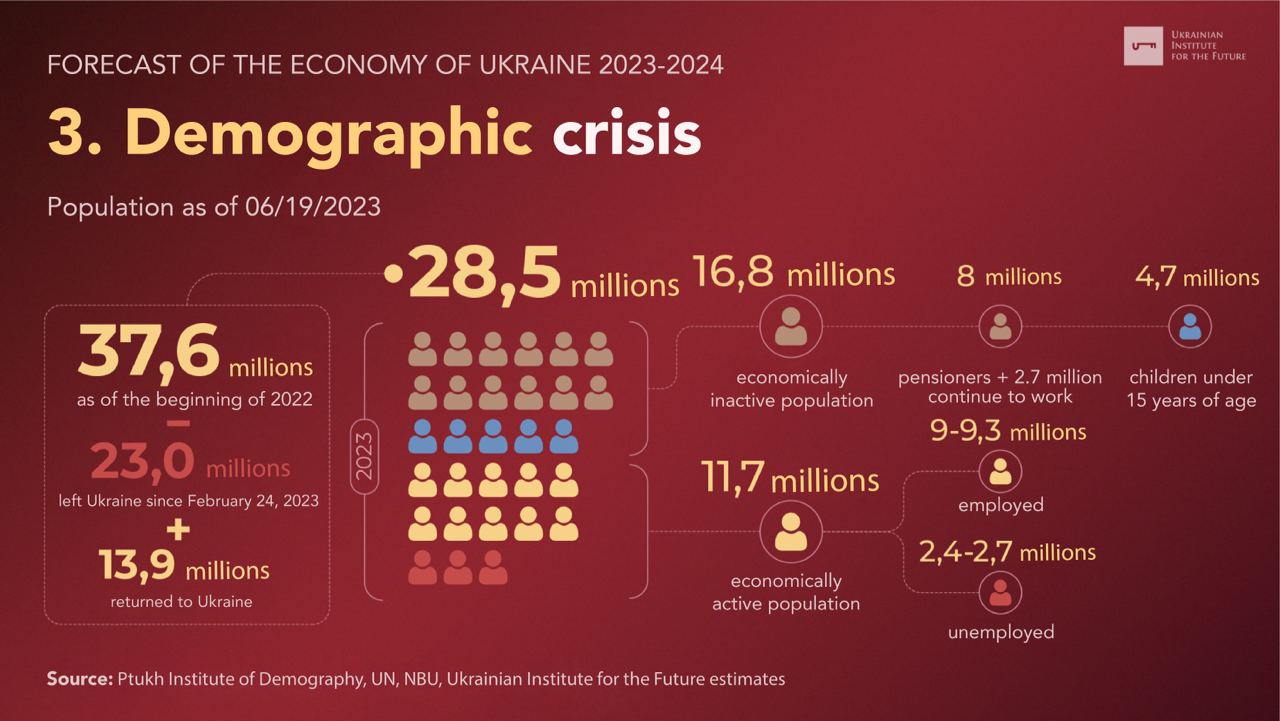
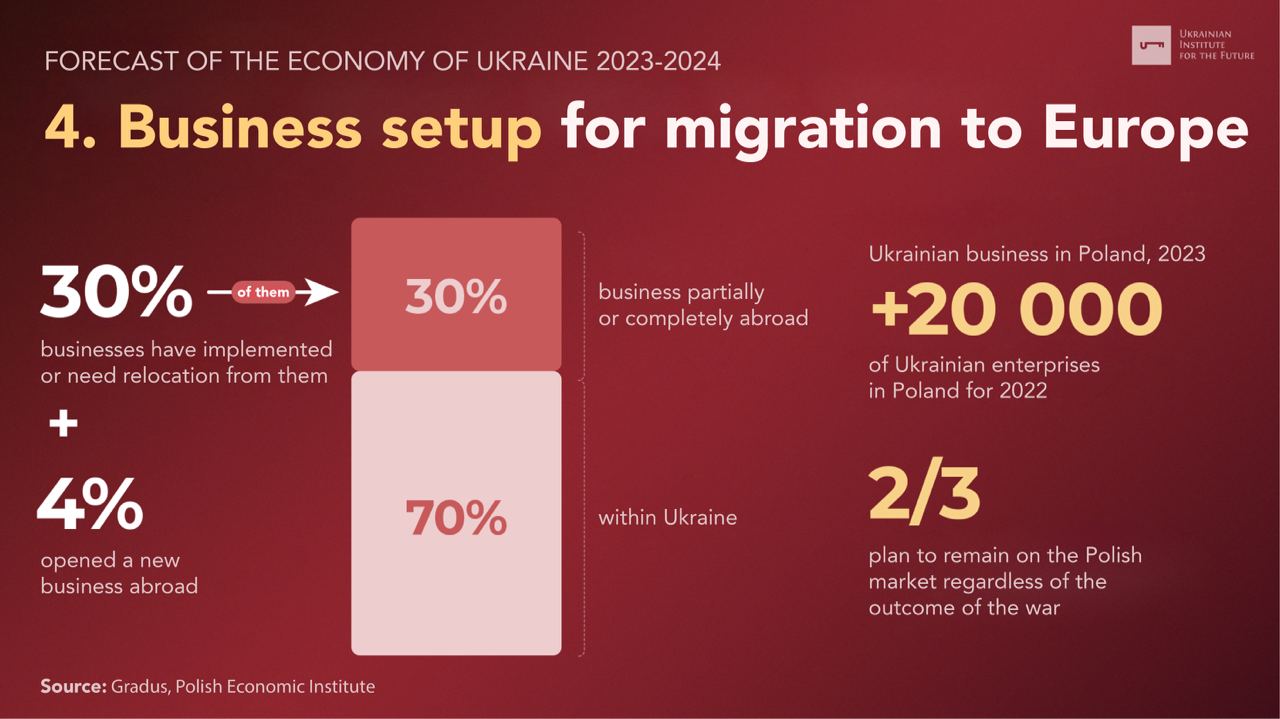

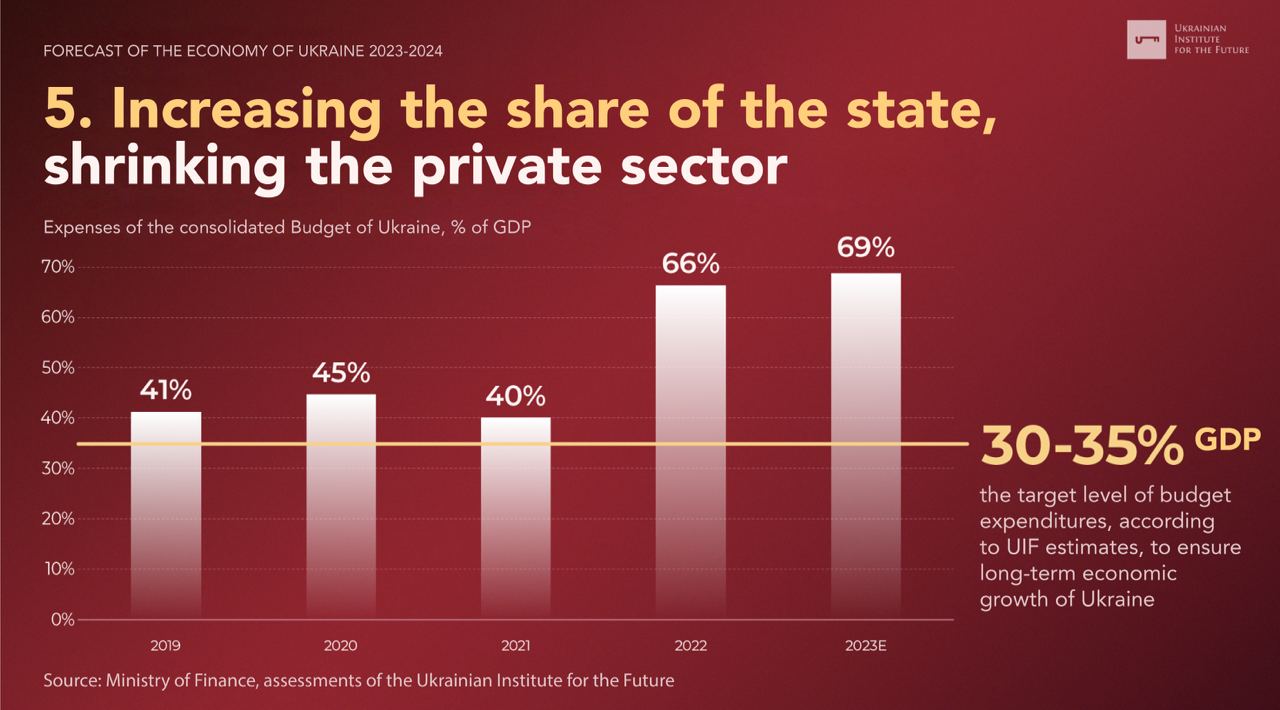
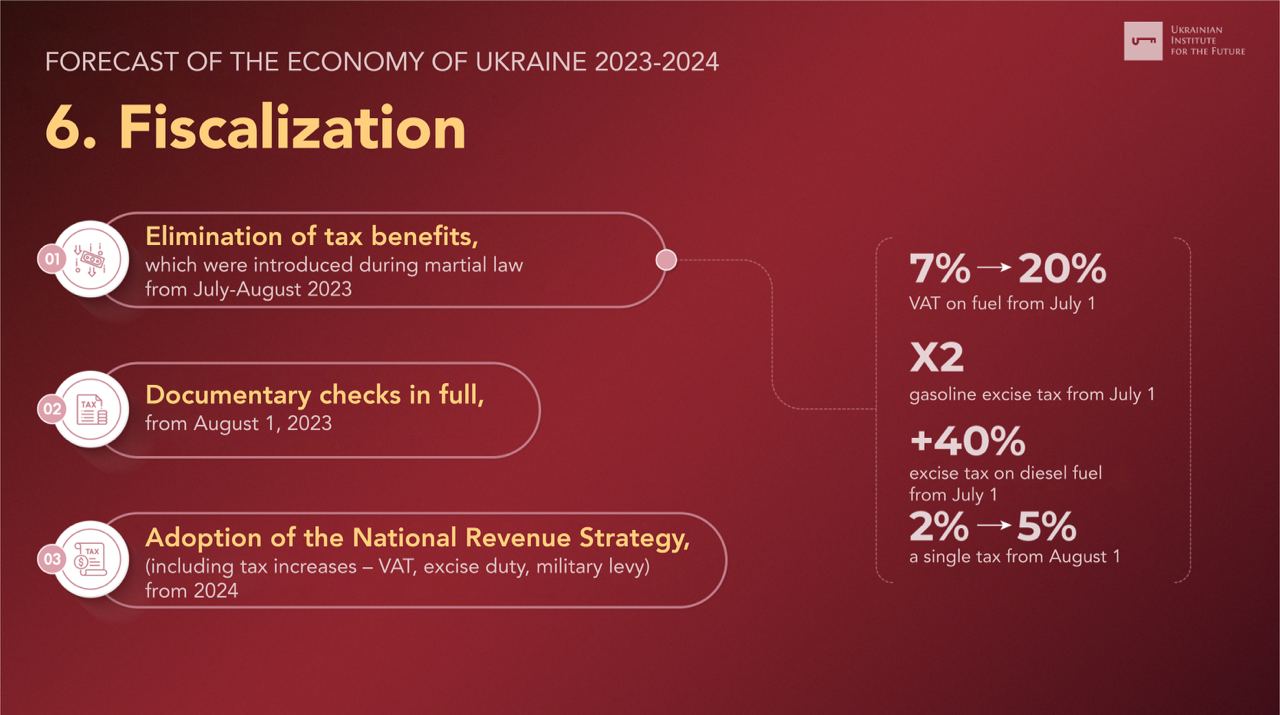

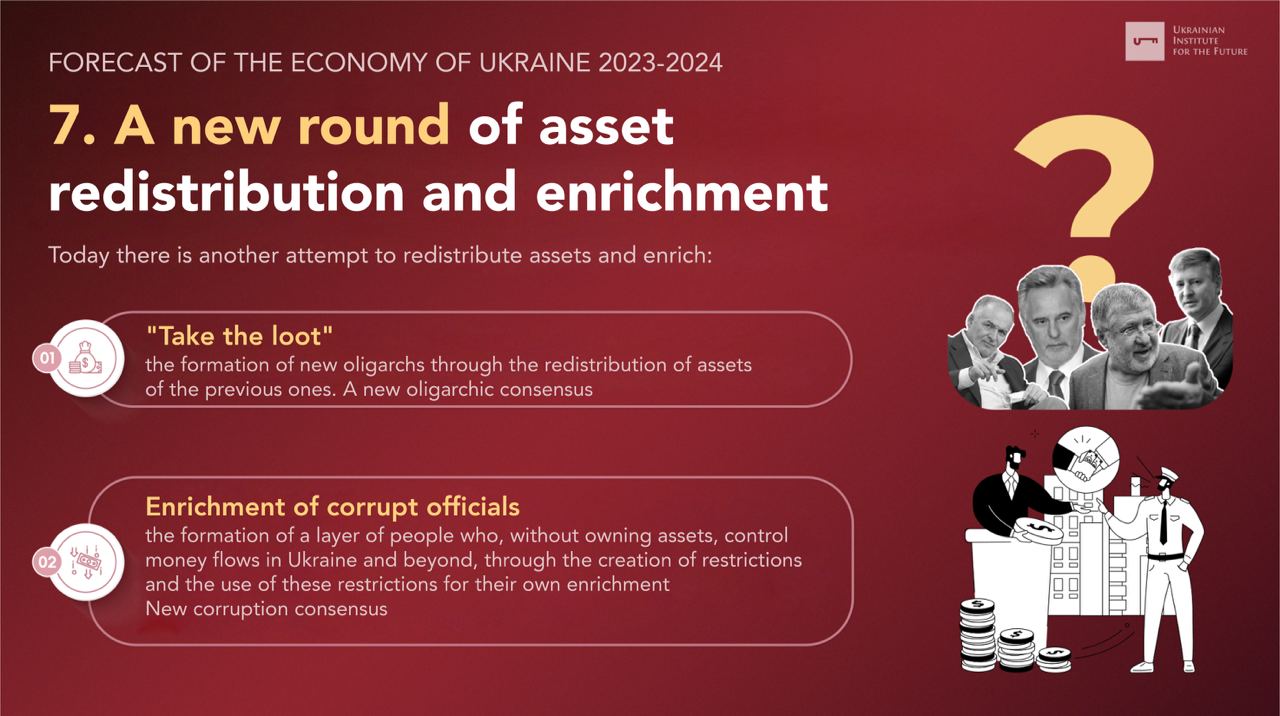
 Login with Google
Login with Google